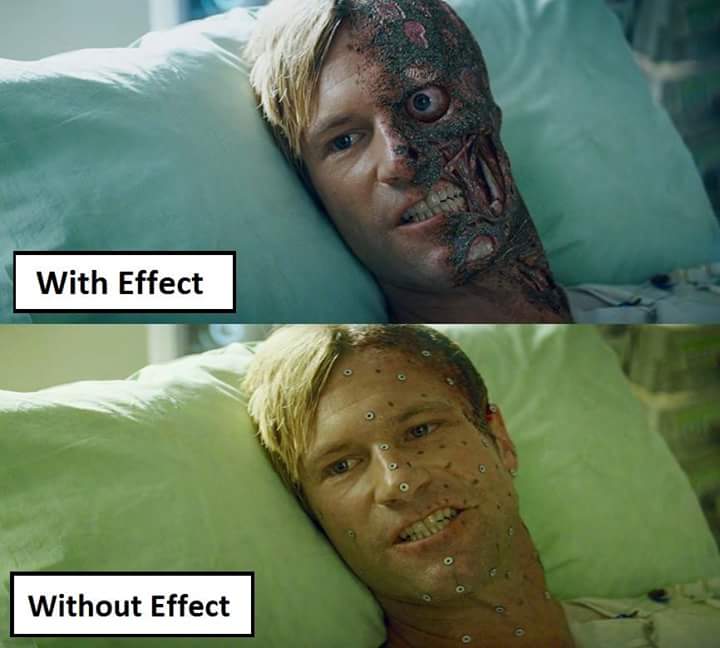Visual Effects (abbreviated VFX ) is the process by which imagery is created or manipulated outside the context of a live action shot in...
Visual Effects (abbreviated VFX) is the process by which imagery is created or manipulated outside the context of a live action shot in film making.
Visual effects involve in the integration of live-action footage (special effects) and generated imagery (digital effects) to create environments which look realistic, but would be dangerous, expensive, impractical, time consuming or impossible to capture on film. Visual effects using computer-generated imagery (CGI) have recently become accessible to the independent filmmaker with the introduction of affordable and easy-to-use animation and compositing software.
Categories
Visual effects primarily divides into two groups of:
- Special Effects: It covers any visual effects that take place in live action, e.g. on set explosions or stunt performances.
- Digital Effects (commonly shortened to digital FX or FX): It covers the various processes by which imagery is created or manipulated with or from photographic assets. Digital Effects often involve the integration of still photography and computer-generated imagery (CGI) to create environments which look realistic but would be dangerous, costly, or impossible to capture in camera. FX is usually associated with the still photography world in contrast to visual effects which is associated with motion film production. Digital FX also divides into different subgroups of professions such as:
- Matte paintings and stills: digital or traditional paintings or photographs which serve as background plates for 3D characters, particle effects, digital sets, backgrounds.
- Motion Capture (Mo-Cap for short): It’s the process of recording the movements of objects and or people. In a session of motion capture, the subject whose motion is being captured is recorded and sampled many times per second by different scanners placed all over the environment. There are different types of systems that read the actor’s movement. One of which is the optical method that uses tracking cameras that lock onto specialized markers placed over the actor’s motion capture suit. The other type of method is called the non-optical method where instead of capturing the markers location in space, it recorders and measures the inertia and mechanical motion in the area. This type of motion capture doesn’t just apply to the body, but can be used to track the facial movements and expressions of an actor and transfer them to a 3d model later on in the pipeline. The same type of concept of using markers to track motion is used, but more often than not, the actor’s face will have painted dots on their face rather than ball shaped markers. Not only is the actor’s movements recorded in this process, but the movement of the camera is also recorded, which allows editors to use this data to enhance the environment the motion captured set is imagined in. Once all of this is captured, the motion captured data is mapped to a virtual skeleton using software such as Autodesk’s MotionBuilder or other software of choice.
- Modelling: Creating 3D models of props or characters using specialised software.
- Animation: Assign movements for any objects and characters in 2D or 3D.
- Compositing: Combining visual elements from different sources to create the illusion that all those elements are parts of the same scene.














Thanks for consideration and look forward to use.
ReplyDelete